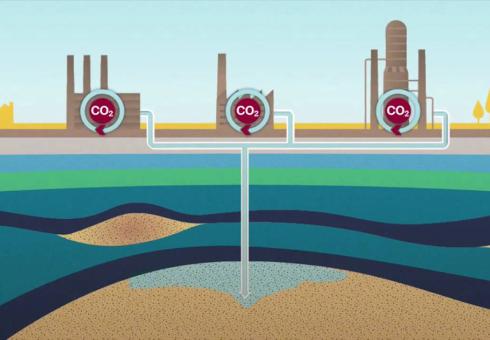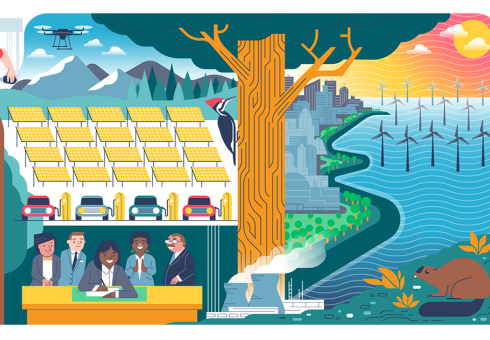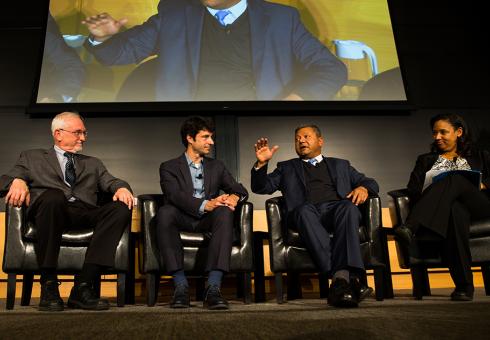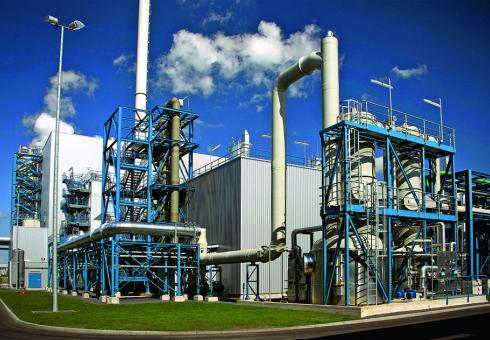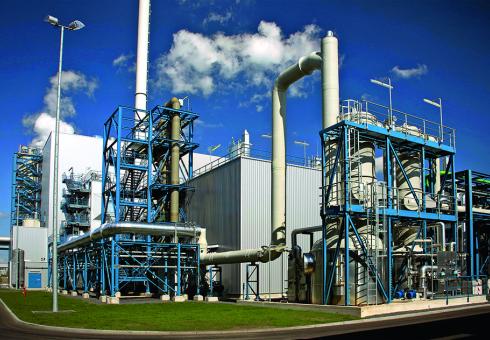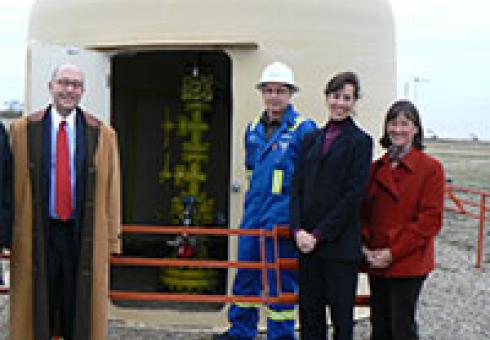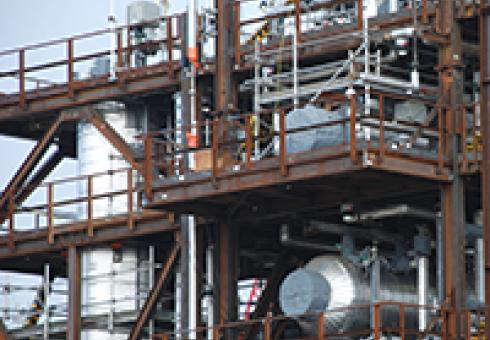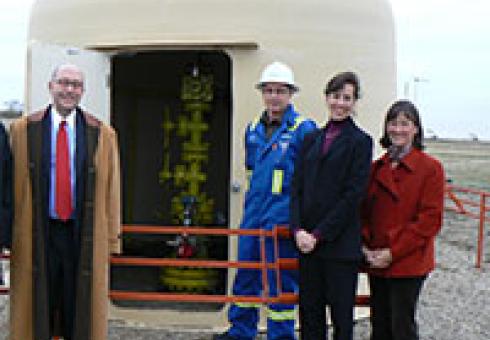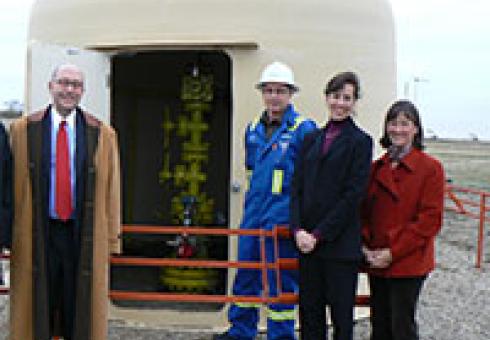Carbon capture and storage key to achieving climate goals
News and Outreach: Howard Herzog
Website features accessible "Explainers" by MIT Joint Program researchers and other MIT climate experts
Joint Program Deputy Director Sergey Paltsev and Research Scientist Jennifer Morris among MIT researchers sharing expertise
Featuring MIT Energy Initiative Senior Engineer/ Joint Program Affiliate Howard Herzog
Speakers at MIT climate symposium outline the steps needed to achieve global carbon neutrality by midcentury
Carbon capture and storage (CCS) expert Howard Herzog, an MITEI Senior Research Engineer and Joint Program affiliate, offers his perspective in The Conversation
Study estimates Earth’s capacity to store captured carbon
Overreliance on negative emissions as solution could prevent global climate stabilization
Previous studies have suggested that when CO2 is stored underground, it may degrade layers of rock above it and leak back into the atmosphere. However, a new study indicates that such concerns may be exaggerated. Joint Program associate and carbon capture expert Howard Herzog comments.
Joint Program Research Associate Howard Herzog makes the case for carbon capture and sequestration
To adequately address climate change concerns, we will need to radically alter our energy systems to eliminate practically all carbon dioxide emissions. In analyzing the different technology options, the important measure of comparison is how much emissions reductions can be achieved and at what price. Unfortunately, the debate usually moves from objective analysis to emotional arguments that can obscure the facts and stall progress toward the ultimate goal of eliminating carbon dioxide emissions. The truth is that all energy technologies have strengths and weaknesses. We need to build on their strengths and to minimize their weaknesses.
Joint Program Research Associate Howard Herzog on the future of carbon capture and sequestration
On the path to a low-carbon economy, most experts agree that a variety of strategies will be needed, from the dramatic expansion of wind and solar power to electrification or better biofuels for cars and planes. Some technologies remain more controversial than others, however. Carbon capture and storage — the idea of trapping carbon dioxide emissions from power plants and other industrial sources before they are released into the atmosphere and then storing them, usually underground — is one such widely debated approach.

